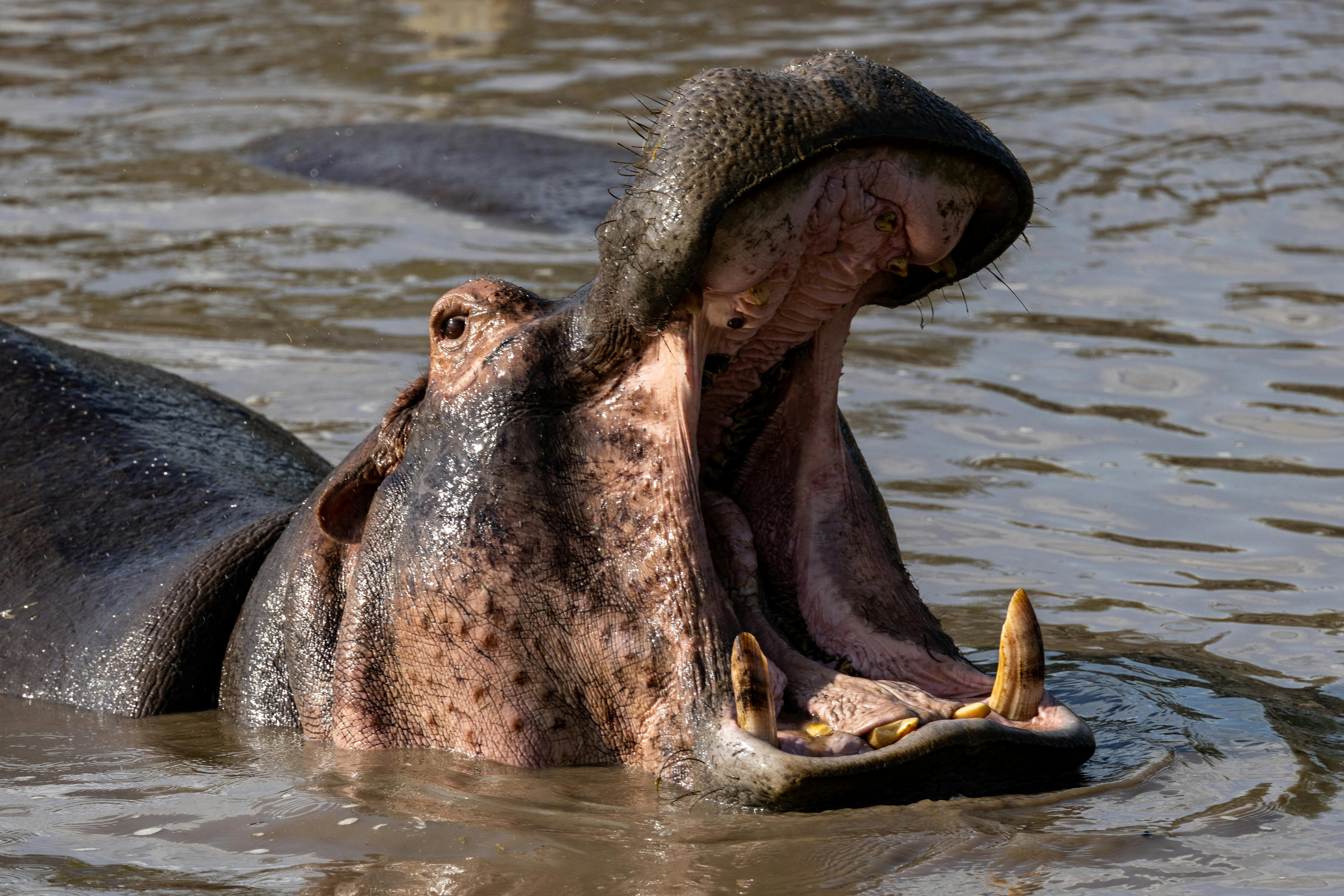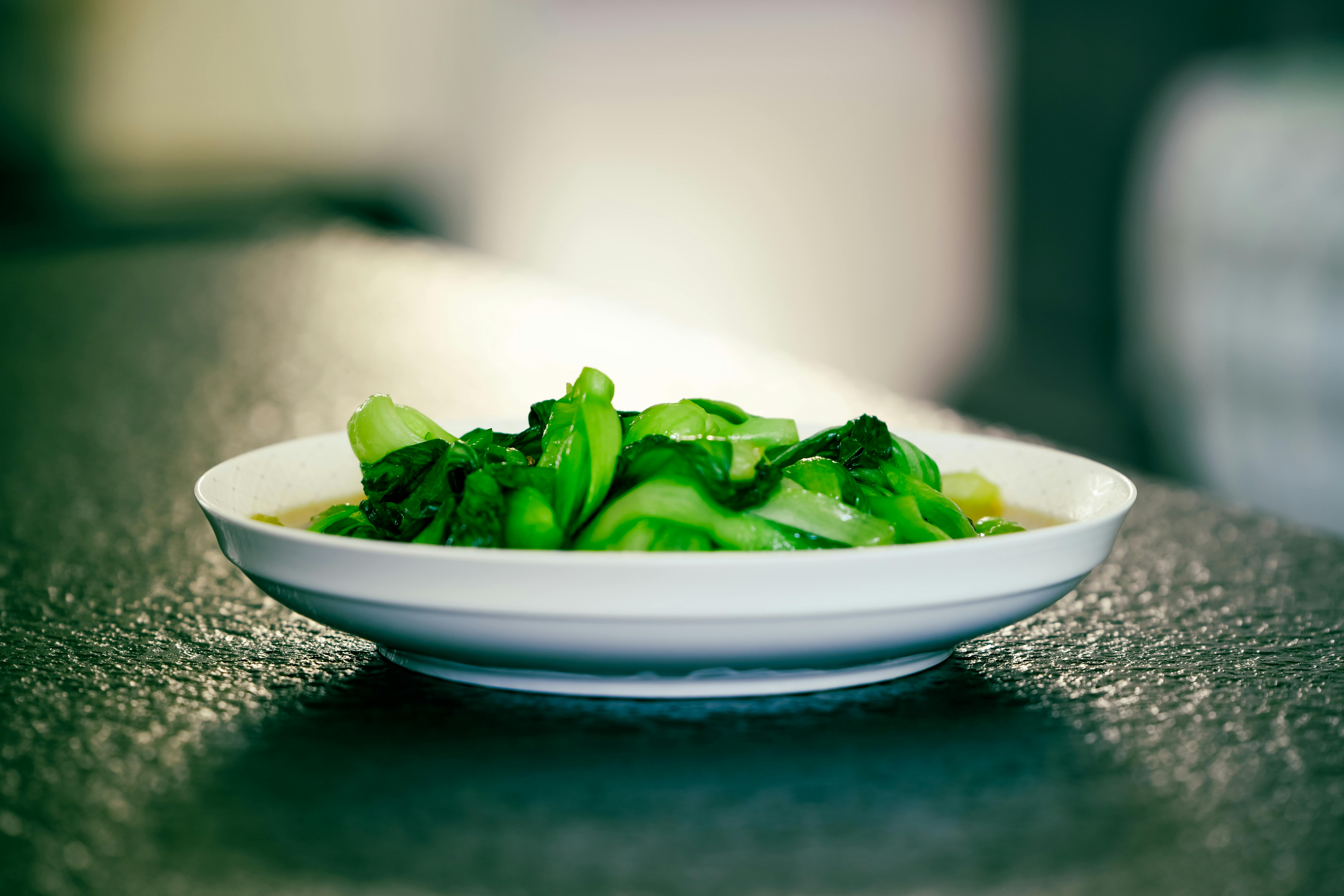Peanut butter is a popular food item that is enjoyed by many people around the world. However, one of the common questions people have about peanut butter is whether or not it can stain teeth. In this article, we will explore the answer to this question and discuss how to prevent and remove peanut butter stains from your teeth.Yes, peanut butter can stain teeth. The sugars and oils present in peanut butter can cling to teeth and get stuck in the crevices, leading to discoloration.
Peanut Butter and Teeth Staining
Peanut butter is a common pantry staple that many people enjoy as a snack or spread. It is also a favorite among children, making it a popular choice for lunch boxes. Unfortunately, peanut butter can be tough on teeth, especially if it contains added sugar, due to its sticky texture. Peanut butter can stick to the tooth enamel and cause staining over time. The staining can be difficult to remove and may require professional cleaning from a dentist to restore the natural whiteness of your teeth.
In order to avoid staining from peanut butter, limit consumption of the product and opt for natural brands without added sugars or artificial sweeteners. When eating peanut butter, it’s important to practice good oral hygiene habits such as brushing and flossing after each meal. Drinking plenty of water can also help remove any residue left behind in your mouth. Finally, regular dental checkups are essential for preventing cavities and other dental issues caused by sugar-laden snacks like peanut butter. With proper care and attention, you can enjoy this tasty snack without worry about staining your teeth!
Extrinsic Teeth Stains
Extrinsic stains are the most common type of teeth stain and occur on the surface of the teeth. They are caused by external factors such as food and drinks, smoking, and poor oral hygiene. Extrinsic stains can be treated with a professional teeth whitening procedure, or at home with over-the-counter whitening products.
Intrinsic Teeth Stains
Intrinsic teeth stains occur below the surface of the teeth and are usually caused by aging, certain medications or illnesses. Intrinsic stains cannot be removed with over-the-counter products or professional whitening treatments. However, your dentist may suggest a bleaching technique to help reduce their appearance.
Tetracycline Stains
Tetracycline stains occur when tetracycline, an antibiotic used to treat various infections, interacts with calcium in developing permanent teeth. The interaction causes dark brown or greyish-black streaks on the teeth. Tetracycline stains can only be treated with cosmetic dentistry procedures like veneers or bonding.
Fluorosis Stains
Fluorosis is caused by excessive fluoride exposure during tooth development and results in white spots on the enamel of the tooth. Fluorosis is very difficult to treat and can only be managed by cosmetic dentistry techniques such as veneers or bonding.
Discoloration Due to Aging
As we age, our teeth tend to become more discolored due to a combination of factors. The enamel on our teeth thins out as we get older, making the dentin underneath it more visible. This dentin is naturally yellow in color, which can cause teeth to appear yellow or discolored. Additionally, the wear and tear that comes with aging can cause stains from food, drinks, and tobacco products to accumulate on the tooth surface.
Poor Oral Hygiene
Poor oral hygiene can also lead to discolored teeth. Plaque and tartar buildup on the teeth can cause staining and discoloration that cannot be removed by brushing alone. In addition, failure to brush regularly leaves residue from food and drinks that can also lead to staining. Flossing is also important for removing plaque between the teeth that cannot be reached by brushing.
Certain Foods and Drinks
Certain foods and drinks are known to stain teeth, such as tea, coffee, red wine, dark-colored juices and soda. Additionally, acidic foods such as citrus fruits can erode enamel over time making the dentin beneath more visible. Foods with dark pigments such as blueberries or blackberries may also stain teeth if not washed out properly.
Tobacco Use
Tobacco use is another common cause of tooth discoloration. Nicotine in cigarettes and other tobacco products will adhere to the tooth surface when smoked or chewed and create a brownish-yellowish stain over time. This type of staining is difficult to remove without professional help.
Effects of Eating Peanut Butter on Teeth
Peanut butter is a popular snack choice among both children and adults. It can provide an excellent source of protein and other nutrients while tasting great. However, eating peanut butter may have some negative effects on your teeth. Consuming too much of this sticky food can lead to cavities, gum disease, and other dental problems.
The main concern with eating peanut butter is that it is very sticky and adheres easily to teeth. This stickiness can cause the sugars in the peanut butter to remain on teeth for longer periods of time, which increases the risk of developing cavities. Additionally, the stickiness can also cause plaque buildup on teeth, leading to gum disease and other dental problems.
To help minimize the negative effects of eating peanut butter on teeth, it is important to practice good oral hygiene habits. This includes brushing twice a day with a toothpaste containing fluoride, flossing daily, and visiting your dentist regularly for check-ups and cleanings. Additionally, limiting your consumption of sugary foods like peanut butter can help reduce the risk of cavities and gum disease.
In summary, while eating peanut butter can provide many health benefits, it is important to practice good oral hygiene habits to minimize the negative effects it may have on your teeth. Limiting your consumption of sugary foods like peanut butter can also be beneficial in reducing your risk for cavities and gum disease.

How to Prevent Peanut Butter from Staining Your Teeth
Peanut butter is an incredibly popular food, enjoyed by both adults and children alike. Unfortunately, it can also be quite damaging to your teeth, as the sticky residue can easily cling to enamel and cause staining. Fortunately, there are a few steps you can take to prevent this from happening.
First of all, it’s important to practice good oral hygiene habits. Brush your teeth twice a day for two minutes each time with a soft-bristled toothbrush and fluoride toothpaste. Floss at least once a day, and use a tongue scraper or mouthwash to remove any bacteria that may be lingering in your mouth. These steps will help remove any peanut butter residue that may have been left behind after eating.
It’s also important to drink plenty of water throughout the day. This will help flush away any remaining bits of peanut butter from your teeth and gums. If you’re consuming other sugary foods or drinks throughout the day, make sure you rinse your mouth out with water afterwards or chew sugar-free gum, which will help stimulate saliva production and rinse away any debris left behind in the mouth.
Finally, if you do notice staining on your teeth after eating peanut butter, there are some whitening products available that can help reverse the discoloration. There are also certain toothpastes that contain ingredients like baking soda or peroxide which can help lift stubborn stains off of enamel over time with regular use.
By following these simple tips, you should be able to keep your smile bright and white without having to worry about peanut butter staining your teeth!
Steps to Remove Peanut Butter Stains from Teeth
Removing peanut butter stains from teeth can be a tricky task, but it is possible. Here are some steps to help you remove the pesky stains from your teeth:
1. Brush your teeth using a toothbrush and toothpaste. The brushing will help remove any surface-level peanut butter residue.
2. Floss your teeth to make sure there are no pieces of peanut butter stuck between them.
3. Rinse your mouth with a cup of water to make sure all traces of peanut butter have been removed from your mouth and teeth.
4. Use a whitening toothpaste or baking soda and water paste to scrub away any remaining peanut butter residue on your teeth. This will help lighten the color of any remaining tooth stains caused by the peanut butter.
5. Rinse your mouth thoroughly with water after you’ve scrubbed away any remaining residue, and then brush your teeth with regular toothpaste again to finish the cleaning process.
By following these steps, you should be able to effectively remove peanut butter stains from your teeth and restore their original whiteness and shine!
Foods That Affect Your Teeth Color
Your teeth color can be affected by a range of factors, including what you eat. Certain foods can make your teeth appear yellow or stained. It is important to understand which foods cause discoloration and how to protect your teeth from damage. Here are some of the most common foods that can affect your teeth color:
Coffee, tea, and red wine are all common culprits for staining teeth. These beverages contain tannins, acidic compounds that can break down tooth enamel and leave behind dark deposits. If you must drink these beverages, try using a straw to limit contact with your teeth.
Berries such as blueberries, blackberries, and cranberries are high in chromogens, which are molecules that bond with tooth enamel and cause discoloration. If you enjoy these fruits, brush or rinse your mouth out shortly after eating them to remove any residue.
Dark sauces such as soy sauce and balsamic vinegar contain high amounts of chromogens that can leave behind dark stains on your teeth if not removed promptly. To protect your teeth from staining, use a toothbrush or swish water around in your mouth after consuming these types of condiments.
Sodas and other sugary drinks contain acids that erode tooth enamel over time and leave behind dark stains on the surface of the tooth. Try avoiding these drinks altogether or using a straw when consuming them so they do not come into direct contact with your teeth. Additionally, brushing your teeth shortly after consuming them is also recommended to prevent staining.
It is important to understand which foods and beverages can affect the color of your teeth so you can take steps to protect them from damage. By taking simple precautions such as drinking through a straw or rinsing out your mouth after eating certain fruits or condiments, you can help keep your pearly whites looking their best.

Conclusion
Peanut butter does not actually stain teeth, but rather the sugar and fats it contains can leave a residue that may discolor teeth. Eating peanut butter in moderation is the best way to prevent any staining of teeth. It is also important to brush and floss twice a day to remove any food particles that can cause discoloration, as well as to remove plaque. Peanut butter can be a nutritious part of one’s diet, but it is important to understand that it should be enjoyed in moderation and with proper dental hygiene practices in place.
Overall, peanut butter does not directly stain teeth but due to its sugary and fatty content, it can leave a residue on teeth that may cause discoloration over time. Practicing proper dental hygiene is key for keeping teeth clean and healthy, no matter what type of food you are eating.
